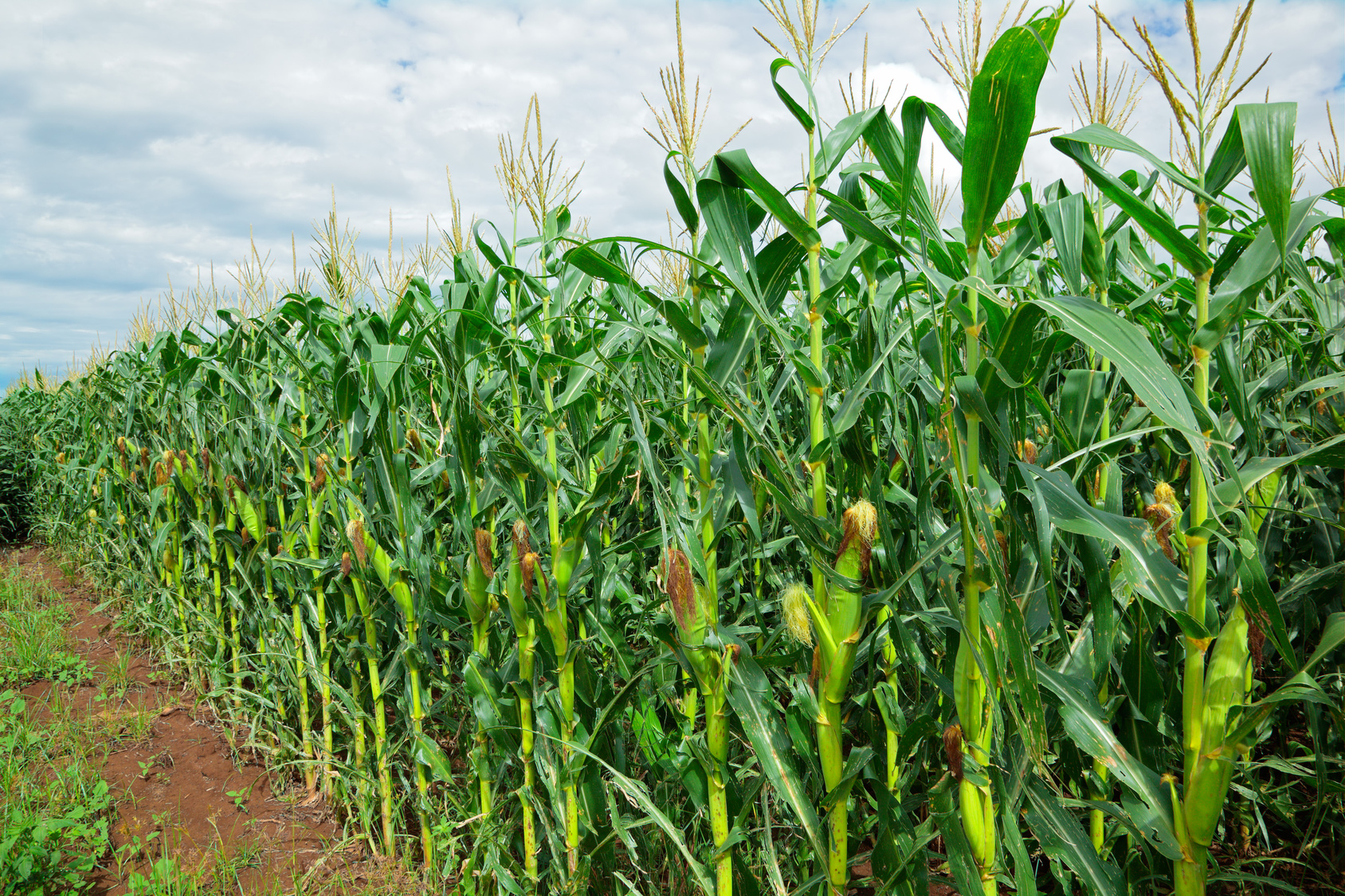Field experiments were conducted to determine the effects of tillage system and rimsulfuron application on weed flora and growth of maize (Zea mays L. Mitic F1) at a site with no history of pesticide use for the last 5 years. A randomized complete block design was employed with three replicates per treatment (conventional tillage without rimsulfuron application (control), no-tillage with rimsulfuron application (NT+Rim) and conventional tillage with rimsulfuron application (CT+Rim)). The lowest leaf area index, dry weight and yield of maize were recorded in NT+Rim plots. In addition, the highest soil bulk density was determined in NT+Rim plots. Moreover, the rimsulfuron application resulted in significant reduction in the root growth and arbuscular mycorrhizal (AM) colonization. The lowest root biomass, root length density, root surface and AM root colonization was found in CT+Rim plots. The lowest weed number and biomass was also observed at CT+Rim plots. Sustainability yield index (SYI) shown that the maize crop is more stable under conventional tillage compared with no-tillage. Our results indicated that root growth was reduced significant by rimsulfuron application but statistically significant lower maize yield was obtained in no-tillage system.
Full Text: PDF

